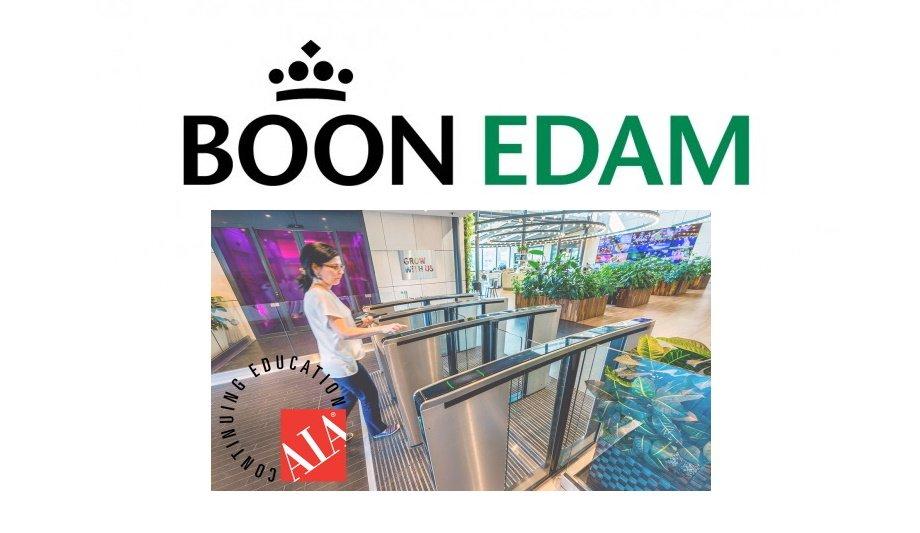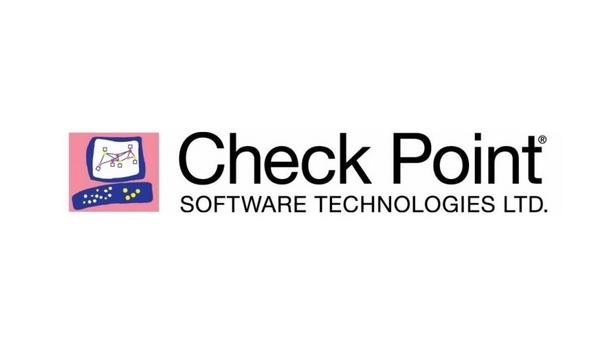Boon Edam Inc., a globally renowned company in security entrances and architectural revolving doors, has announced a new continuing education course approved by the American Institute of Architects (AIA) entitled, ‘Closing the Gap in Physical Security: Addressing the Entry’.
Architects can view this one-hour presentation in exchange for one Health, Safety and Welfare Continuing Education Unit (HSW CEU) towards their AIA accreditation. The course focuses on the role of security entrances in building design and a physical security strategy, including integration with other security technologies, safety and code requirements, and the impact of pandemics on the entry.
Importance of controlling access to buildings
The course begins by explaining the importance of controlling access to buildings
The course begins by explaining the importance of controlling access to buildings through designs that address securing the entry. Architects learn the risks and associated liabilities that impact an organisation when they fail to put effective measures in place to mitigate unauthorised access at their buildings.
The presentation also touches on the results of a recent Boon Edam survey that revealed how security professionals perceive the risk, impact and cost of tailgating at buildings. Tailgating occurs when an unauthorised person follows an authorised person into a facility via a swing door and is arguably the biggest physical vulnerability that an organisation will face today.
Security entrances key in physical security strategy
The AIA course continues by classifying security entrances according to their ability to mitigate tailgating, their safety features and how they comply with local codes. There are also discussions around the people and processes necessary to support each type of security entrance and the importance of securing a building in layers for the best overall outcome.
Attendees will also see videos that demonstrate the working principles of turnstiles, security revolving doors and mantrap portals as they rebuff tailgating attempts while integrated with third-party access control and biometric devices.
Future of security entry post COVID-19
The course concludes with details surrounding the future of security in building design in a post-pandemic world. Architects will learn tactics that include creating separate entry and exit points across a building based on the types of users and utilising technologies that support touchless entry and temperature screening.



















